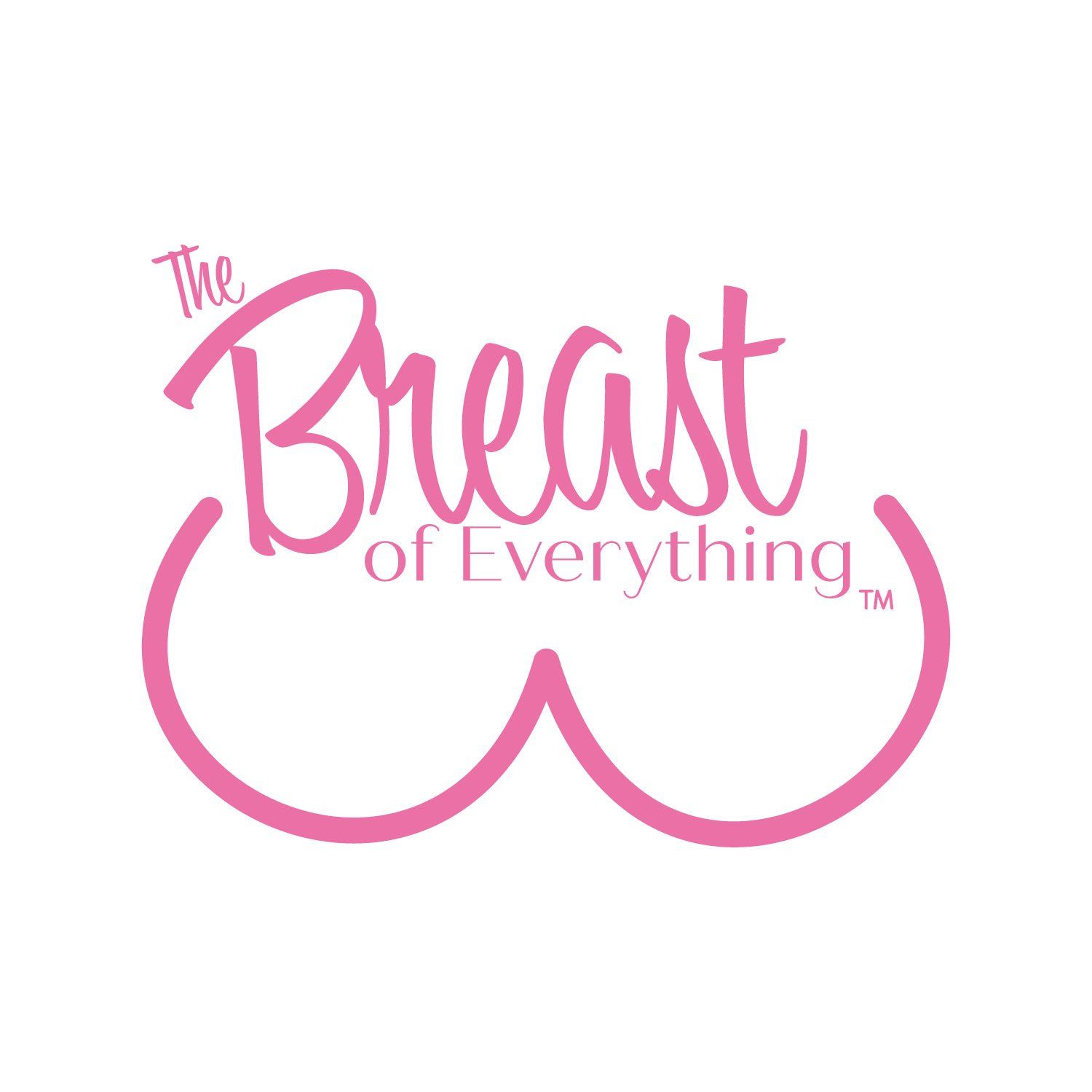9 Benefits Of Intermittent Fasting: Women Over 50
Intermittent fasting diet has become a popular way to lose weight and improve overall health in recent years. But what if you’re over 50? Can intermittent fasting still be beneficial for you?
The answer is a resounding yes! In fact, there are several benefits of intermittent fasting for women over 50.
Let’s take a closer look at some of them.
RELATED: The Importance Of Preventive Health Care For Women
Intermittent Fasting for Women over 50 | Everything You Need to Know
What Is Intermittent Fasting?
Intermittent fasting is an eating pattern that alternates between fasting and non fasting periods.
During the fasting periods, you do not have any calorie intake. However, you are still allowed to drink water, black coffee, and other non-calorie beverages. The fasting periods can last for any length of time, but they typically last for 16 hours or more.
Intermittent fasting is a type of restrictive dieting, as it limits your calorie intake. However, it is not a traditional diet because it does not involve continuous calorie restriction or limiting portion sizes. Instead, it simply involves changing when you eat.
What Are the Most Common Intermittent Fasting Methods?
- 16/8 Method
There are a few different ways to do intermittent fasting, but the most common is the 16/8 method. This involves having a 16-hour fasting window and an 8-hour eating window each day.
For example, you could fast from 8 p.m. to 12 p.m. the next day, and then eat between 12 p.m. and 8 p.m.
- 5:2 Diet
Another popular method is the 5:2 diet, which involves having a regular eating pattern for 5 days each week and restricting calories to 500-600 on two non-consecutive days.
- Eat Stop Eat
The Eat Stop Eat method involves a fasting period of 24 hours, once or twice per week.
For example, you could fast from dinner on Monday until dinner on Tuesday.
- Alternate-Day Fasting
Alternate-day fasting involves alternating between fasting days and non fasting days with normal eating patterns.
For example, you could fast on Monday, Wednesday, and Friday, and eat normally on Tuesday, Thursday, and Saturday.
- The Warrior Diet
The Warrior Diet is a type of intermittent fasting that involves eating only for four hours each day, followed by a 20-hour fast.
How Does Intermittent Fasting Work?
Intermittent fasting works by giving your body a break from digesting food.
When you fast, your body is able to focus on repairing itself and getting rid of any damaged cells.
Fasting also helps to reduce chronic inflammation in the body, which can lead to a number of different health benefits.
What Are the Benefits of Intermittent Fasting for Women over 50?
- Weight Loss
For women over the age of 50, it can be a challenge to lose weight. However, there are a number of strategies that can help. One effective approach is intermittent fasting.
Intermittent fasting can be an effective tool to lose weight because it helps to reduce the number of calories you eat each day, without having to make any major changes to your diet.
One study showed that intermittent fasting helped overweight adults and obese women with body fat loss, while also reducing their risk of heart disease. Another study found that those who followed 16/8 intermittent fasting plans lost more body weight than those who didn’t fast at all.
- Improved insulin sensitivity
Research has shown that fasting can help to improve blood sugar control in women over 50.
One study found that intermittent fasting led to a decrease in fasting blood sugar levels and a reduction in insulin resistance. Another study found that fasting improved blood sugar control in individuals with type 2 diabetes.
Intermittent fasting can also help to reduce the risk of developing type 2 diabetes, as it helps to improve insulin sensitivity.
- Improved Moods
Mood swings and irritability are common symptoms of menopause. Many women suffer from these symptoms for years before finding relief.
However, a study suggests that intermittent fasting may be an effective treatment for mood swings and irritability associated with menopause. The study found that those who followed a fasting diet had improvements in their moods, as well as their overall quality of life.
- Improved Metabolism
As we age, our metabolism naturally starts to slow down. Intermittent fasting helps to counteract this by increasing the production of two important metabolic hormones: growth hormone and norepinephrine.
These hormones help to boost metabolic health and burn fat stores. They are also essential for maintaining muscle mass and bone health.
- Improved Memory
Memory problems are common in older adults. However, a study found that intermittent fasting has the potential to delay the cognitive decline in older adults.
The cognitive benefits of fasting may be due to the fact that intermittent fasting helps to reduce inflammation and oxidative stress, both of which have been linked to cognitive decline.
While more research is needed to confirm these findings, the potential memory-boosting benefits of fasting make it worth considering for women over 50 who are looking for ways to improve their cognitive health.
- Better Heart Health
Heart disease is the leading cause of death for women in the United States. However, there is a growing body of evidence to suggest that intermittent fasting can have a positive impact on cardiovascular health.
Studies have shown that fasting can reduce cholesterol levels and lower blood pressure levels.
High cholesterol is thought to increase the risk of heart disease, while high blood pressure is a major risk factor for stroke. Intermittent fasting is believed to improve cardiovascular health by reducing these risk factors.
- Reduced Gut Permeability
Leaky gut syndrome is a condition that occurs when the lining of the gut becomes damaged, allowing bacteria and toxins to leak into the bloodstream. This can lead to inflammation and a host of other health problems.
Intermittent fasting has been shown to benefit your gut health, which can in turn help to reduce the risk of leaky gut syndrome.
Intermittent fasting may also help to improve other digestive disorders, such as irritable bowel syndrome (IBS) and inflammatory bowel disease (IBD).
- Reduced Tissue Damage
As we age, our bodies become more susceptible to tissue damage. This can lead to a number of age-related diseases, such as cancer, heart disease, and Alzheimer’s disease. Intermittent fasting has been shown to help reduce tissue damage.
When we fast, our bodies go into repair mode and start to heal and repair damaged cells and tissues. This process is known as autophagy.
Intermittent fasting can help to reduce tissue damage by triggering autophagy, which helps to remove damaged cells and tissues from the body.
- Improved Cancer Therapy
Cancer is the second leading cause of death in the United States. Thankfully, there is growing evidence to suggest that intermittent fasting may be an effective treatment for cancer.
Intermittent fasting has been shown to enhance the effectiveness of chemotherapy and radiation therapy. Additionally, fasting has been shown to reduce the side effects of these treatments.
Intermittent fasting is believed to improve cancer treatment by making cancer cells more susceptible to damage from chemotherapy and radiation therapy. Additionally, fasting helps to reduce inflammation, which can further improve the efficacy of these treatments.
RELATED: What Is A Wellness Exam For A Woman And Why You Should Get One
What Are the Side Effects of Intermittent Fasting?
While intermittent fasting is generally safe for most people, there are a few potential side effects to be aware of. These include:
- Hunger
When you first start intermittent fasting, you may feel hungrier than usual. This is normal and usually goes away after a few days of fasting.
- Low Blood Sugar
Intermittent fasting can cause low blood sugar levels, particularly if you are taking medication for diabetes. If you have diabetes or other chronic diseases, it is important to monitor your blood sugar levels carefully when starting intermittent fasting.
- Dehydration
Fasting can lead to dehydration if you do not drink enough fluids. Be sure to drink plenty of water during your fasts.
- Headaches
Some people may experience headaches during intermittent fasting. If this occurs, you may want to try reducing the duration or frequency of your fasts.
- Irritability
Intermittent fasting can also cause irritability, particularly in those who are new to the practice. If you find yourself feeling irritable, you may want to try fasting for shorter periods of time or reducing the frequency of your fasts.
When Should You Avoid Intermittent Fasting?
From improved mental health to weight loss, intermittent fasting offers a variety of reasons why someone would want to try it. However, there are also some times when it's best to avoid this type of fasting.
If you have a history of disordered eating, for example, intermittent fasting can trigger unhealthy habits and even lead to eating disorders.
In addition, breastfeeding women, pregnant women, and people who are trying to conceive should avoid intermittent fasting, as it can interfere with their nutrient intake, as well as with their hormone levels and disrupt the menstrual cycle.
While intermittent fasting can offer some health benefits, it's not right for everyone. Knowing when to avoid this type of fasting is just as important as understanding when it can be helpful.
How to Start Intermittent Fasting if You’re over 50 Years Old?
If you’re over 50 years old and interested in starting intermittent fasting, there are a few things you should keep in mind:
- Talk to Your Doctor before Starting
As with any new diet or exercise plan, it’s important to talk to your doctor before starting intermittent fasting. This is especially important if you have any medical conditions or take any medications.
- Start Slow and Increase Your Fasting Periods Gradually
If you’re new to intermittent fasting, it’s important to start slow and increase your fasting periods gradually.
For example, you could start by fasting for 12 hours each day, and then increase your fasting periods as you become more comfortable with the schedule.
- Make Sure You’re having healthy food intake during Your Eating Periods
When you’re doing intermittent fasting, it’s especially important to make sure you’re eating healthy foods during your eating periods. That way, you’ll be sure to get all the nutrients your body needs and avoid overeating or eating foods that are unhealthy.
To make sure you’re getting all the nutrients you need, focus on eating plenty of fruits, vegetables, lean proteins, and healthy fats. You should also limit processed foods, sugary drinks, and unhealthy fats.
If you’re not sure what counts as a healthy fat, look for sources of monounsaturated and polyunsaturated fats, like olive oil, avocados, nuts, and seeds.
- Stay Hydrated by Drinking Plenty of Water
When you are doing intermittent fasting, it is more important than ever to make sure that you are staying hydrated.
Water is essential for our bodies to function properly, and when we fast, we are depriving our bodies of food for prolonged periods of time. This can cause a whole host of problems, from headaches and fatigue to dizziness and lightheadedness.
The best way to avoid these problems is to make sure that you are drinking plenty of water when you are fasting.
Aim to drink at least eight glasses of water per day, and if possible, carry a water bottle with you so that you can take sips throughout the day.
- Make Intermittent Fasting Work for Your Lifestyle
As a woman over 50, it’s important to find the best intermittent fasting schedule that works for you and your lifestyle.
Once you have selected a fasting method, it is important to stick to it as closely as possible. This means planning ahead and preparing meals in advance so that you can stick to your fasting schedule.
- Be Patient
Don’t get discouraged if you don’t see results right away. Intermittent fasting is a marathon, not a sprint! Be patient and give your body time to adjust to the new schedule.
- Listen to Your Body
Make sure you’re not feeling overly hungry or fatigued. If you are, adjust your fasting schedule accordingly.
- Find a Support Group
If you’re struggling to stick to your intermittent fasting plan, find a support group. There are many online and in-person groups that can offer support and motivation.
- Remember That Everyone Is Different
What works for one person may not work for another. Don’t compare yourself to others–focus on finding what works best for you.
- Have Realistic Expectations
Remember that intermittent fasting is not a quick fix–it’s a lifestyle change that can help you improve your health in the long run.
What Is a Sample 16/8 Intermittent Fasting Plan?
If you’re not sure how to get started with intermittent fasting, here is a sample 16/8 plan that you can follow:
- Wake up and drink water or coffee (with no sugar or creamer).
- Break your fast at noon with a healthy meal.
- Eat your last meal of the day by 8 p.m.
- Drink water or unsweetened tea throughout the day.
While this is a general outline of what a 16/8 intermittent fasting plan looks like, remember that everyone is different and you may need to adjust the schedule to fit your lifestyle.
Final Thoughts
Intermittent fasting has been shown to have many health benefits. If you’re interested in trying intermittent fasting, consult with your doctor to make sure it’s the right choice for you and to get advice on how to safely implement this eating pattern. Give it a try and see if you experience some of the same benefits as other women have!
Up Next:
- Menopause Support Groups: How To Find The Right Community For You
- 5 Signs You're Under Too Much Stress (and What to Do About It)
- How to Stop Stressing and Get Better Sleep










